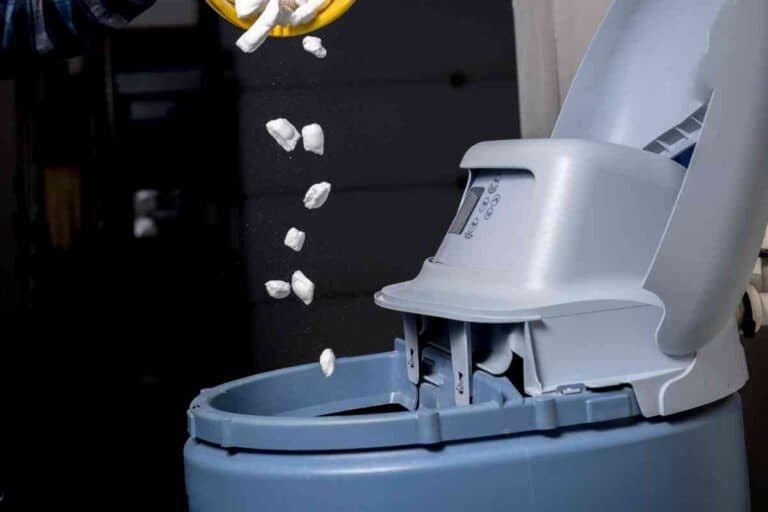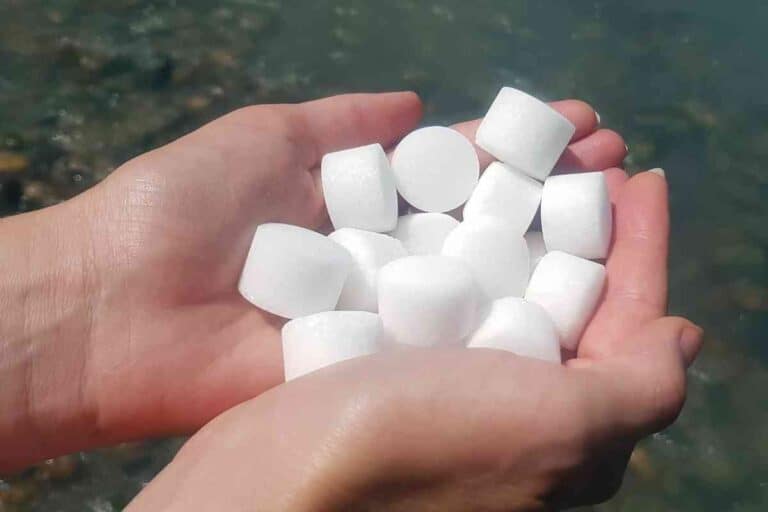Here’s How Many Times A Propane Tank Can Be Recertified
Propane tanks are certified if they can hold the gas without any issues. Over time, these tanks rust, puncture, and eventually leak; hence need to be replaced.
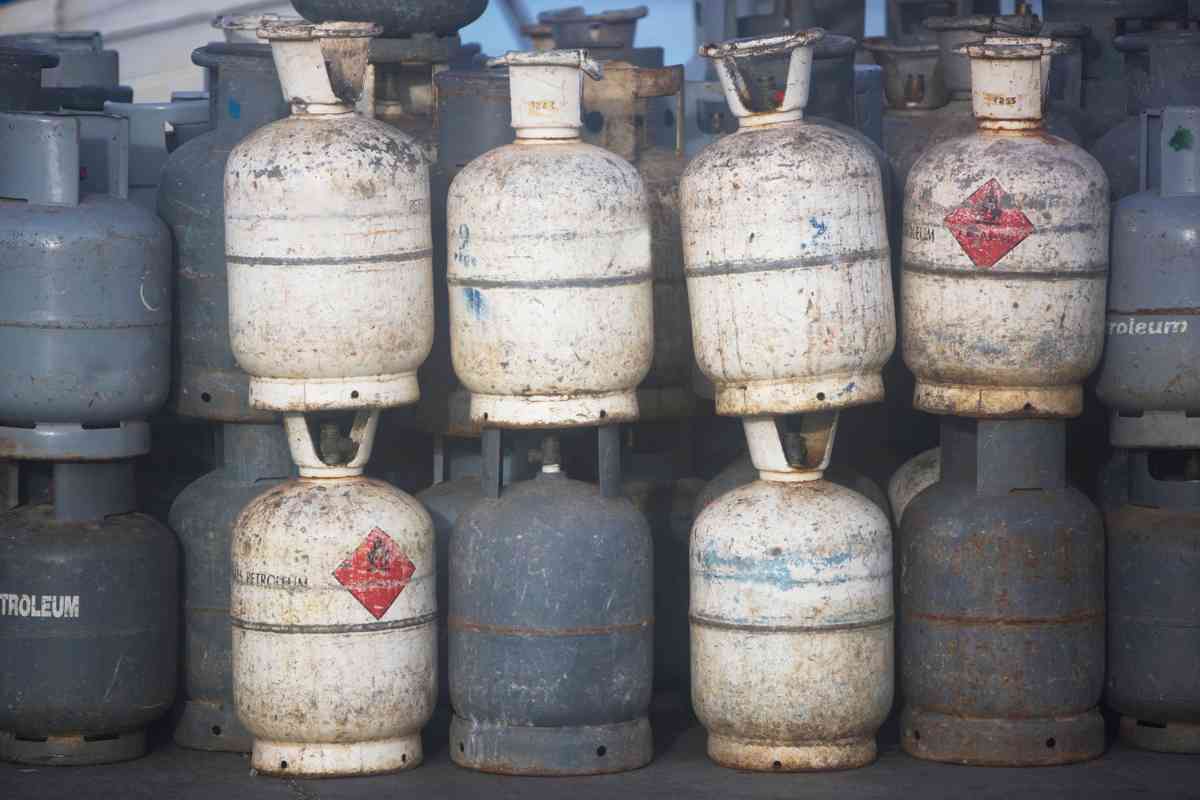
How often are propane tanks recertified?
Propane tanks must be recertified every 10 to 12 years without fail as a safety and legal precaution. Once done, this allows owners to refill their tanks without legal consequences. The certificate captures the manufacturer’s 4-digit stamp, which shows the month or year of inspection.
We did some research to learn more about the recertification process, frequency, and related details. This had us talking to professionals in the gas industry, especially those that deal with propane tanks.
We learned that typically the Propane tanks can be recertified as often as they are still valuable and safe. Read on to learn more about propane tanks.
Recertifying Propane Tanks
Note that cylinders that have been recertified before having 6 or 8 aftermarket alphanumeric stamps.
Most of these will read as 07ABC07E or 02X07E. Each of the digits has a specific meaning based on the interpretation.
For instance, the first two digits refer to the month, followed by the certification code, and two indicate the year.
Note that when the stated duration elapses (usually ten years), it is illegal to refill the tank, as this should only be done after a fresh inspection and recertification are done.
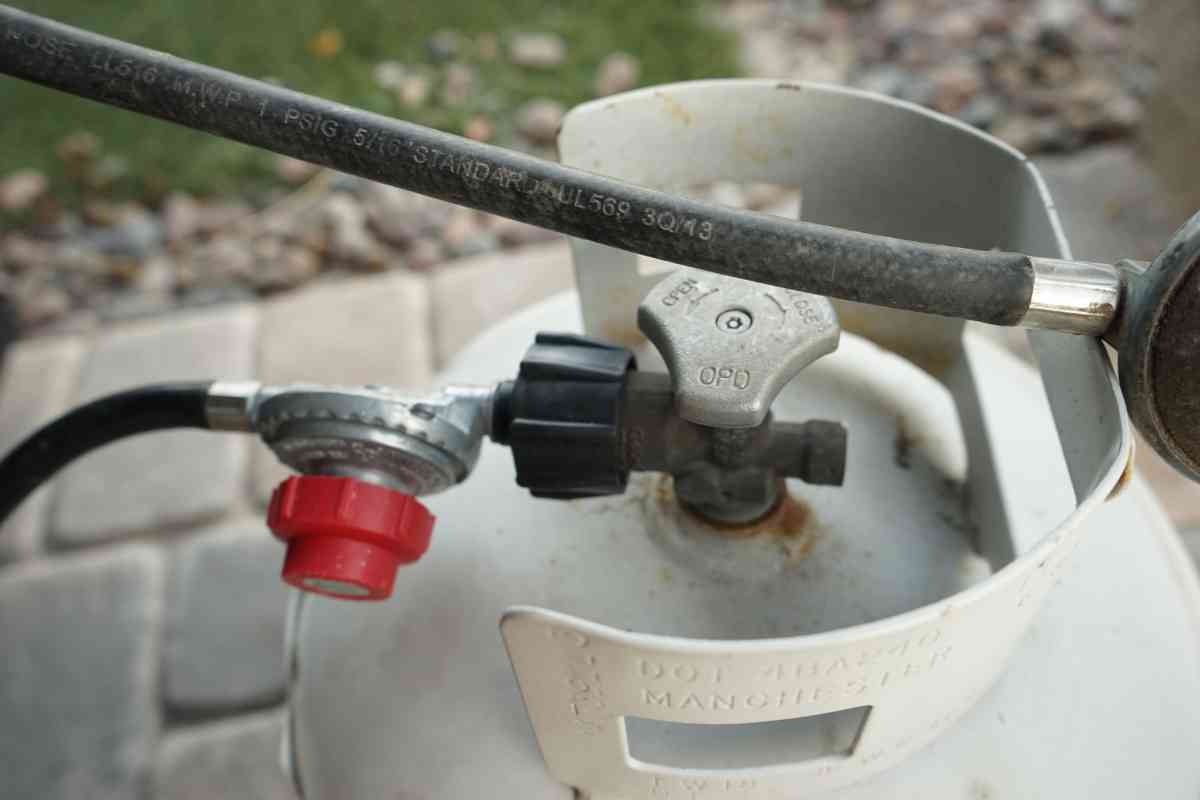
Is there a Need for Propane Tank Recertification?
Most portable propane tanks are refilled when the gas is depleted.
The 20 and 30-lb tanks carried in front of trailer trucks, or those you connect to your grill, are the DOT (Department of Transportation cylinders) cylinders, mainly designed for portability.
The transportation department requires mandatory inspections and recertification of these tanks for safety reasons.
Propane is a highly flammable gas often stored under extremely high-pressure conditions. It only means that the storage tanks must be safe for moving around.
Most people assume that to use propane tanks, they only need to refill the tank when it runs dry. While it sounds straightforward, note that you will be returned with a tank due for recertification.
The United States Department of Transportation monitors this sector very closely, so most local propane vendors will not risk refilling a tank that has not been recertified.
The good news is that recertification is easy. The same providers who refill your tank can help with the recertification process if you are clueless about how to go about it.
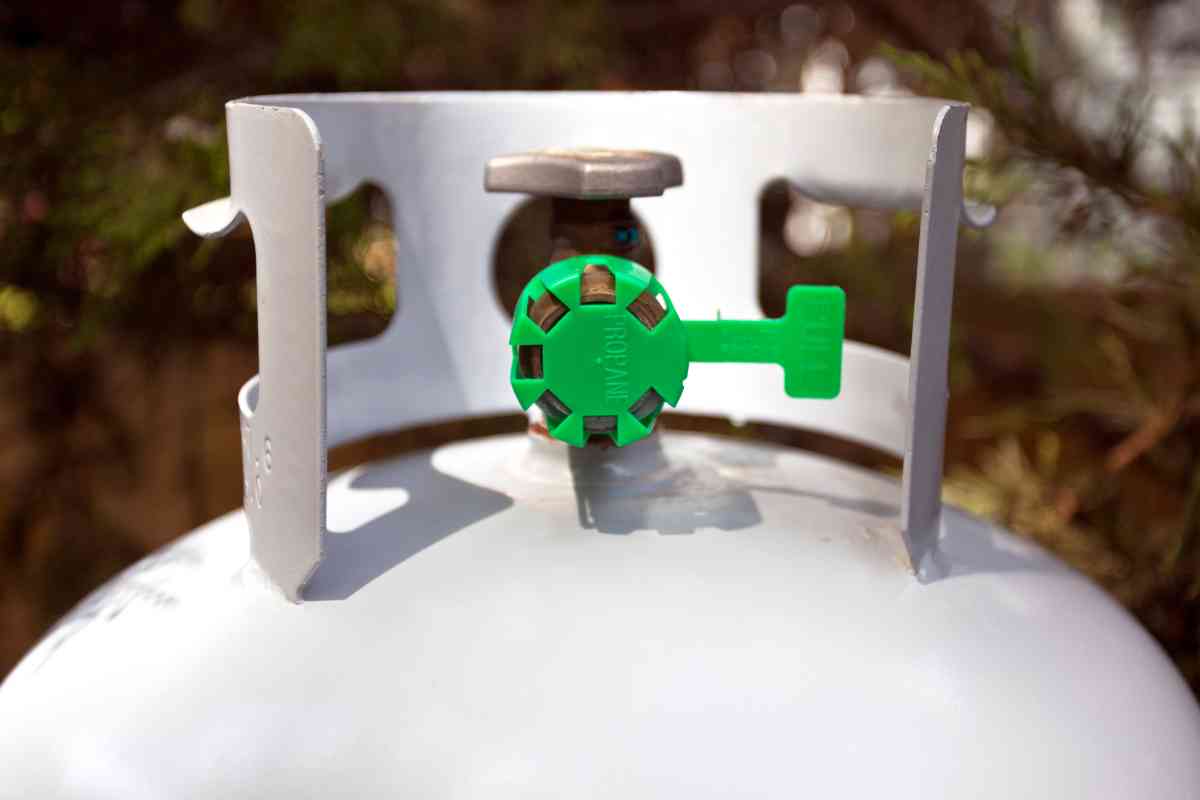
How Often Should Propane Tanks Be Recertified?
More often than not, propane tanks are safe to work with for the first 12 years after certification.
However, regular inspection is needed, at least after every five years. To check the tank’s status, inspect the collar at the top. Stamped here is a manufacturer’s date.
This data captures the month and year in a unique code. For instance, a code with 0818 shows the tank was manufactured in August 2018.
Once the tank is certified, the company responsible for certification adds an inspection sticker or a stamp with a unique mark.
The certification date captures details of when the certification was done and completed. The recertified code will contain letters A to D with two extra digits/ numbers. Each of these numbers and letters is significant.
The letters in the code indicate the quarters, whereas the number signifies the year the tank was recertified.
For example, you can interpret a tank with the following stamp details: B 20 – certification happened in the second quarter of the year (i.e., it might have taken place in April, May, or June) and in 2020 (the year).
Besides the date and year, you should also pay attention to other details captured on the certification stamp.
The presence or appearance of these details independently or as a combination signifies different things. You must know how to interpret them right.
Date Appearing Alone
Some propane tanks come with the date alone. This often signifies a newer tank from the manufacturing date since the date is most likely the date it was manufactured. Be sure to have it recertified after 10/ 12 years, depending on the manufacturer’s recommendations.
Date Followed by a Single Letter
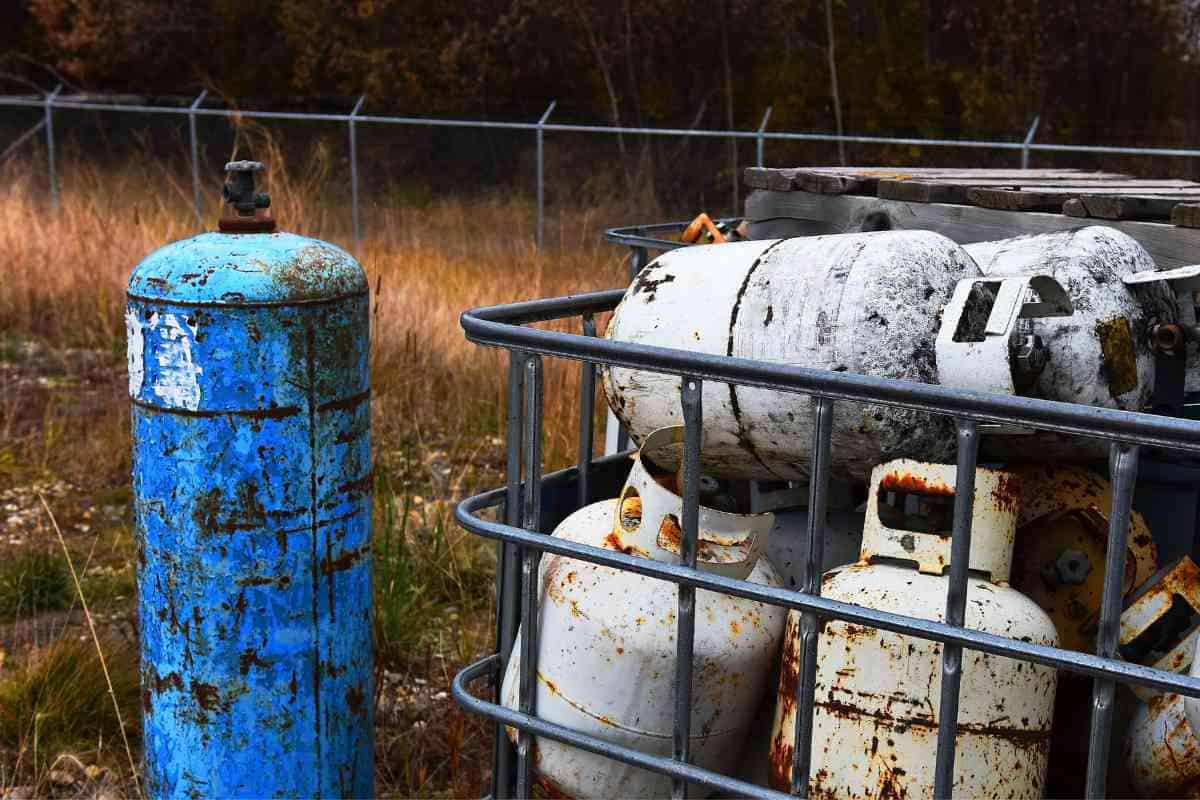
Different letters have varied meanings. For example, an S signifies that an internal hydrostatic was used during the inspection. The inspection method also determines how long you have to wait before the following review, and in this case, the DOT propane tank should be inspected again after seven years.
When an E follows the date, the inspection is only done externally and visually. As such, the re-inspection has to be done sooner after five years within the indicated date.
The information captured is essential to guide future inspectors as they’ll know the last time the inspection was done and the techniques used before; hence they can respond.
Recertifying Propane Tanks
Once you know how important it is to have your propane tank recertified, you will not skip the process. You will always prioritize recertification and make sure never to miss the dates. But how do you get this done?
Well, it starts by first finding the right recertification expert. Check around for service providers with a good reputation in your area. Make sure that the technician is experienced and qualified. After all, this is a safety issue, and you don’t want to risk your life by settling for less.
Who Recertifies Propane Tanks?
Propane tank recertification is done by companies prioritizing propane tank inspection and recertification. These companies consider a lot of things during the inspection phase. They check for dents, pitting, fire damage, rust, and cracks that may contribute to safety reduction.
What Determines Whether a Propane Tank is Recertified or Replaced?
Propane tanks are recertified or replaced depending on their condition, type of tank, and the pre-qualification method used before.
Some tanks can be recertified before the ten-year mark.
Some tanks are recertified after five years, while others are completely written off. The essential qualification is safety which is never compromised for anything else.
Is it Worthy to Recertify Propane Tanks?
Before a time when the tank is retired and rendered unusable for safety reasons, recertifying a propane tank is the safest course of action. Being a highly flammable gas stored under extremely high pressure, it is safe and a legal requirement to get this done.
You should do this as often as you need, primarily if your propane tank is used on the go. This guarantees road safety and protects you and other road users.
Key Takeaways
- Propane inspection and recertification are mandatory
- Propane tank inspection and recertification must be done every 10 to 12 years.
- Ensure to have your propane tanks inspected by professional technicians only


